Understanding ABA Therapy
Applied Behavior Analysis (ABA) is a scientific approach designed to improve socially significant behaviors in individuals, particularly those on the autism spectrum. Through understanding and modifying behavior in response to environmental interactions, ABA equips families with effective strategies to foster communication, social skills, and autonomy in their children. Endorsed by the US Surgeon General and the American Psychological Association, ABA therapy is recognized for its evidence-based efficacy in supporting child development and enhancing family dynamics.
Principles of Applied Behavior Analysis
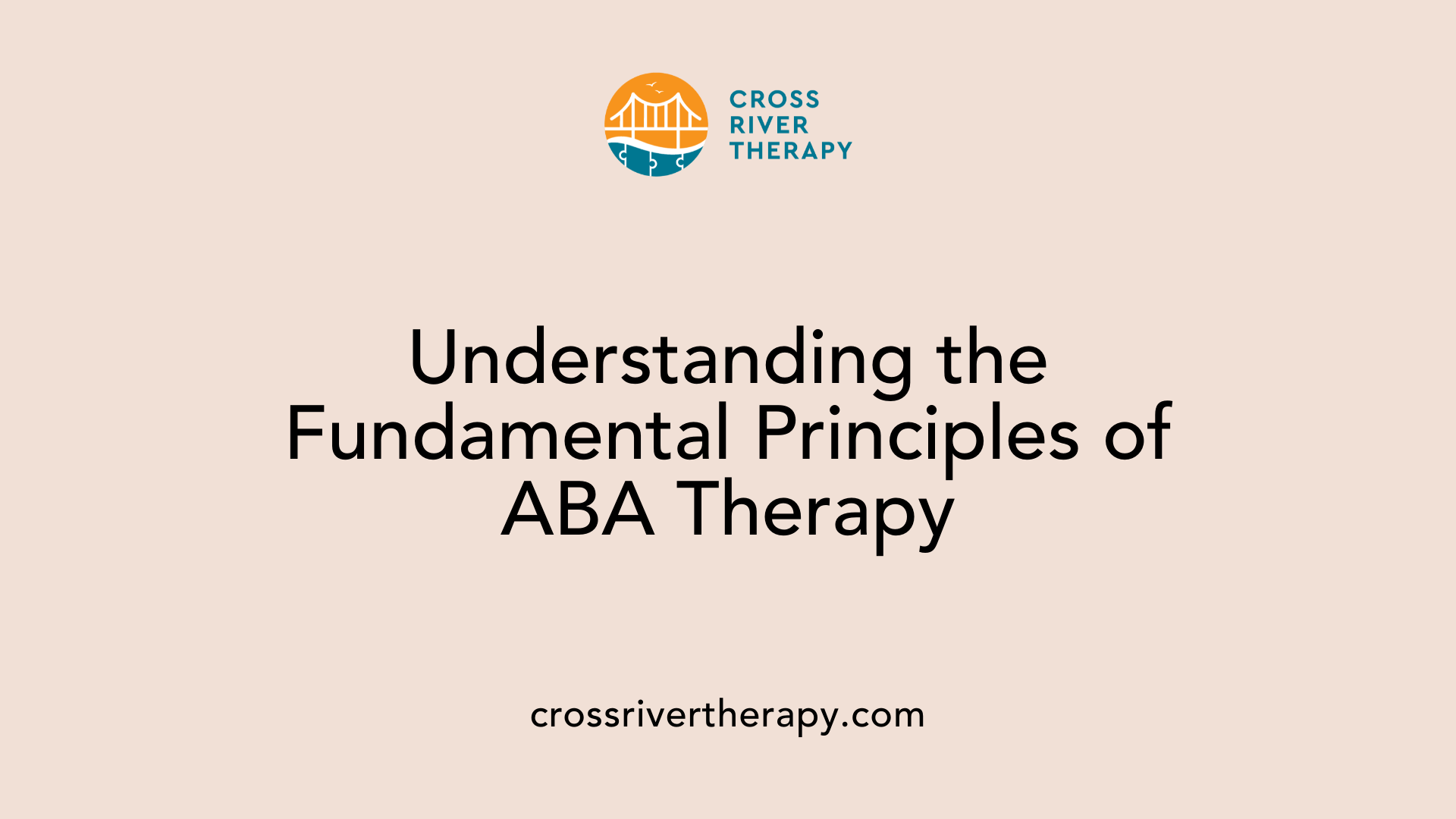
What are the basic principles of Applied Behavior Analysis (ABA) therapy?
Applied Behavior Analysis (ABA) therapy is founded on principles designed to understand and modify behavior through systematic intervention. The core components include:
- Reinforcement: Positive reinforcement is pivotal, as it encourages the repetition of desirable behaviors by rewarding them.
- Individualized Approaches: ABA is tailored to the individual, considering their specific interests and strengths, to create effective treatment plans.
- The A-B-C Model: This model, which stands for Antecedent, Behavior, and Consequence, serves as a framework for analyzing behaviors.
Role of A-B-C model in behavior analysis
The A-B-C model helps identify how external factors (antecedents) can trigger specific behaviors, which are then followed by consequences that reinforce or diminish those behaviors. This identification allows therapists and parents to develop strategies tailored to encourage positive behavior change.
Techniques like DTT and NET
ABA therapy employs a variety of techniques, two of which are:
- Discrete Trial Training (DTT): This approach breaks down skills into small, teachable components, allowing for focused learning sessions.
- Natural Environment Training (NET): NET involves teaching skills in the context of everyday activities, promoting natural learning through real-life interactions.
Using these techniques, ABA demonstrates significant effectiveness, notably in enhancing communication and social skills among individuals with autism while reducing problem behaviors.
Evaluating ABA's Effectiveness
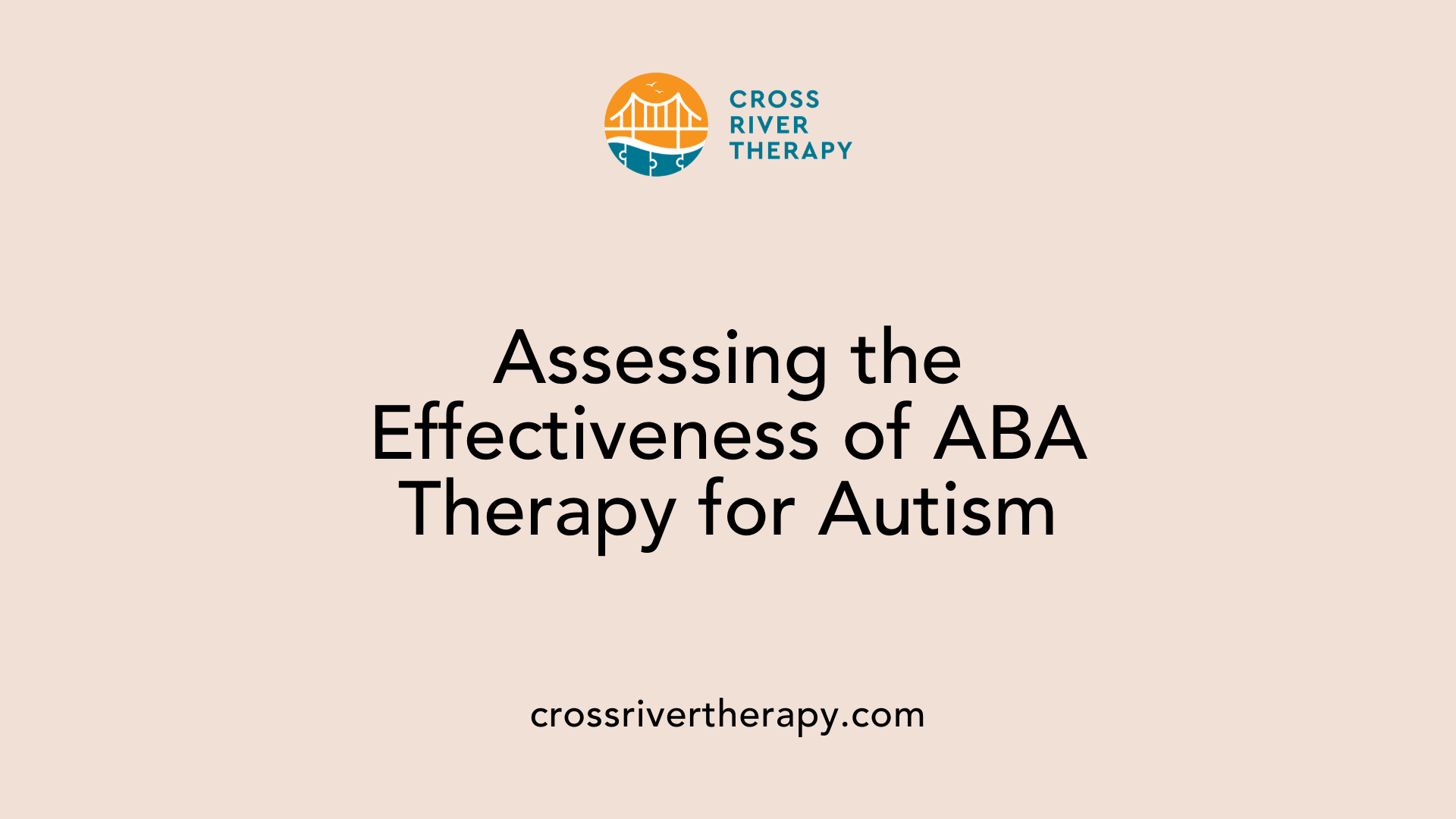
How effective is ABA therapy in supporting children with autism?
ABA therapy is widely regarded as an effective intervention for children with autism, showing substantial benefits in multiple areas including communication, socialization, and daily living skills. According to a comprehensive meta-analysis, ABA has demonstrated moderate to high effectiveness, with many studies indicating substantial improvements in IQ scores and adaptive behavior metrics.
Despite its strong evidence base, the outcome of ABA therapy can vary depending on several factors. For instance, the challenges in implementation and low participation rates—where only about 28% of children experience what is considered a "full dose" of therapy—can limit the potential successes. Research highlights that intensive early intervention through ABA often enhances opportunities for children to develop vital communication skills. However, the effects on daily living skills may not be as pronounced as those related to communication.
Ultimately, while ABA therapy stands as one of the most evidence-based methods for supporting children with autism, its effectiveness is contingent upon personalized delivery and individual family dynamics.
| Impact Area |
Effectiveness Level |
Key Takeaway |
| Communication Skills |
Moderate to High |
Significant improvements in skills observed. |
| Socialization |
Moderate to High |
Enhanced interactions noted in studies. |
| Daily Living Skills |
Variable effectiveness |
Less pronounced improvements compared to communication. |
| General Participation Rates |
Low (28% receiving full dose) |
Implementation challenges limit overall impact. |
Variety in ABA Interventions
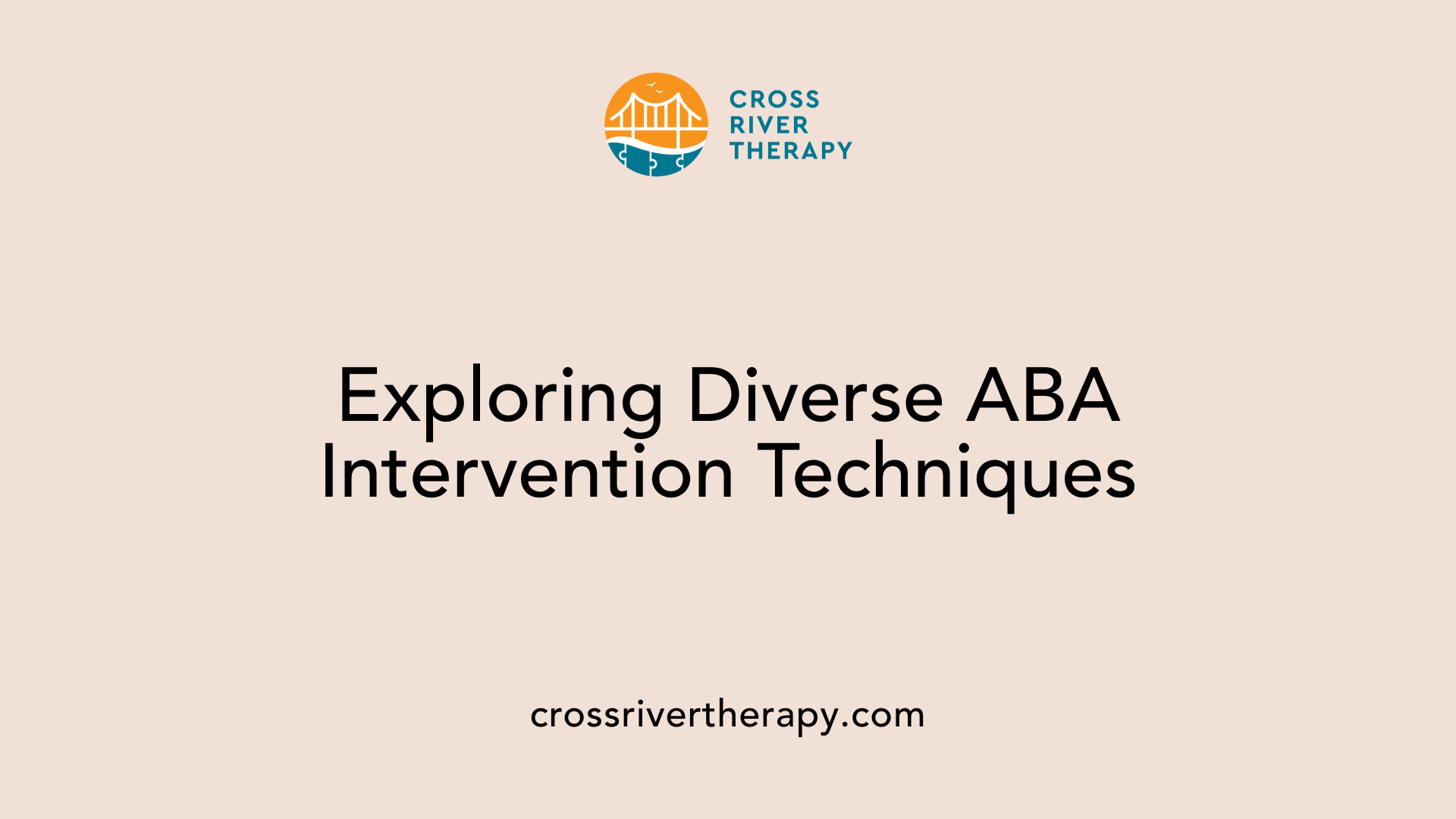
What types of ABA interventions are available, and how do they differ?
ABA interventions encompass a variety of approaches, each tailored to meet individual needs and prioritize specific goals. Here’s a closer look at these interventions:
| Type of Intervention |
Goals |
Methods |
| Positive Reinforcement |
Encourage desired behaviors |
Rewarding behavior with praise or tangible items |
| Discrete Trial Training (DTT) |
Break down skills for easier learning |
Divide tasks into small, manageable steps |
| Functional Communication Training (FCT) |
Boost effective communication |
Teach alternative communication methods that reduce problem behaviors |
| Comprehensive ABA Therapy |
Extensive skill development |
Individualized sessions covering various skills |
| Focused ABA Therapy |
Target specific behaviors |
Concentrate on particular behaviors needing improvement |
| Natural Environment Teaching (NET) |
Enhance real-world skill application |
Use natural settings to teach and practice skills |
By employing techniques like DTT for structured learning or FCT for improving communication, ABA therapists can design ideal interventions tailored to the unique needs of each child. Additionally, the emphasis on practical skills through Natural Environment Teaching allows for a more impactful transfer of learned behaviors to everyday situations, thereby enhancing the overall effectiveness of the therapy.
Family Involvement in ABA Therapy
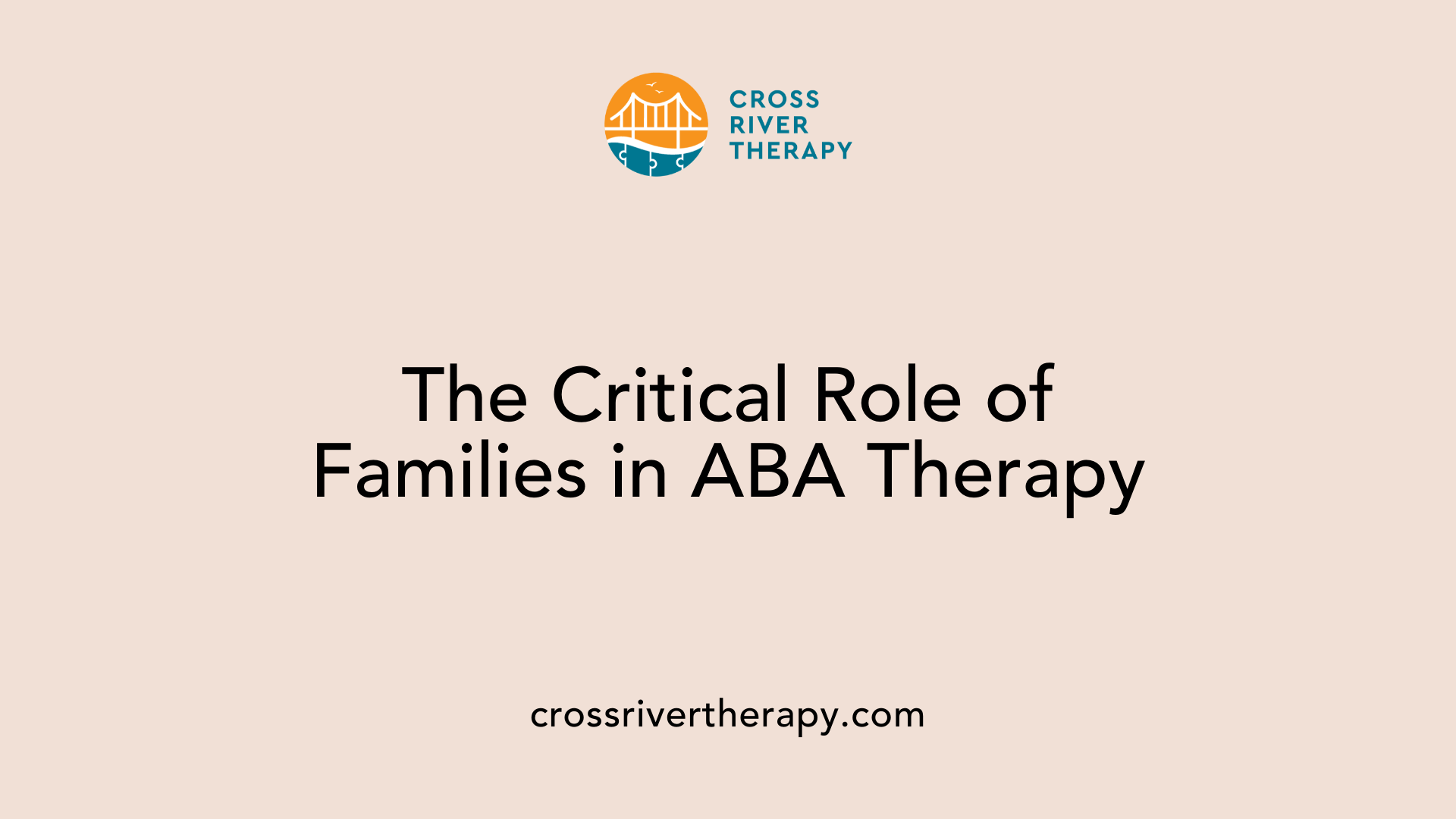
Importance of Parental Roles
Family involvement in ABA therapy is essential for maximizing a child's progress and skill development. Parents and family members can participate in training sessions, where they learn to implement ABA strategies consistently at home, reinforcing what the child learns during therapy. This involvement enables parents to foster growth by providing a supportive and structured environment that encourages skill generalization.
Active participation not only supports the child's learning but also helps strengthen the emotional bond between parents and the child through shared experiences. Furthermore, families are able to communicate insights on their child's unique needs, creating a more effective and individualized approach to therapy.
Training and Collaboration with Therapists
Effective communication between parents and therapists is vital. When parents engage in training sessions, they gain knowledge about the foundational principles of ABA, such as positive reinforcement and task analysis, equipping them to manage behaviors and support their child's learning.
Parents collaborating closely with therapists ensures that interventions align with family dynamics and values, enhancing the overall success of the ABA therapy program. By staying informed and maintaining regular communication, families can actively contribute to their child's developmental progress in a supportive and affirming manner.
Integrating ABA into Daily Routines
How can caregivers integrate ABA strategies into daily routines?
Integrating ABA strategies into daily routines is essential for fostering a productive learning environment for children with autism. Caregivers can start by identifying specific target behaviors that they wish to improve. Setting clear, measurable goals allows families to focus efforts and track progress effectively.
Breaking down tasks into smaller, manageable steps is a crucial technique. This approach not only makes tasks less overwhelming but also enhances motivation and increases the likelihood of success.
Utilizing positive reinforcement is an integral part of ABA. Caregivers can encourage desired behaviors by offering rewards and praise, reinforcing those actions to ensure they are repeated.
Visual supports serve as helpful tools in this process. Schedules and charts provide clarity and predictability, helping children understand expectations and navigate their daily activities with confidence.
Naturalistic teaching methods can also be effectively employed. By incorporating skill practice into everyday situations—like during meal prep or playtime—caregivers can facilitate better skill generalization, promoting greater independence for their children.
Skill generalization is vital in ensuring that a child can apply what they've learned in therapy to their everyday life. For this, caregivers need to encourage practice across various settings, not just during formal therapy sessions.
Actively engaging children in diverse activities where they can utilize new skills supports the transfer of learning from one context to another. This might include having conversations during family meals or practicing social skills while playing with peers.
By making ABA strategies part of the family routine, caregivers empower their children to become more independent and confident individuals, seamlessly incorporating key skills into their interactions and daily living tasks.
The Role of Parent Training
What role does parent training play in ABA therapy, and are there long-term benefits?
Parent training is an integral component of Applied Behavior Analysis (ABA) therapy, directly influencing the success of interventions for children with autism. By empowering parents with knowledge and practical strategies, training provides the tools necessary to manage behaviors and foster skill development in everyday settings. Parents learn how to implement behavior management techniques, such as positive reinforcement, prompting, and task analysis, enhancing their child’s ability to navigate various environments, from home to school.
One significant long-term benefit of parent training is the promotion of child independence. As parents gain confidence in applying these techniques consistently, they can effectively manage challenging behaviors and encourage skill generalization across different contexts. Studies show that children whose parents are actively involved in their therapy often experience improved communication skills and increased independence.
Moreover, ongoing parent education leads to better family dynamics. It fosters improved communication between parents and therapists, ensures that treatment aligns with the child's unique needs, and strengthens the emotional bond between parent and child. This creates a supportive atmosphere that benefits the entire family unit, thus reducing stress levels and enhancing well-being.
In summary, parent training not only boosts treatment efficacy but also empowers families, enabling them to be proactive in their child’s development and advocacy. The collaborative approach solidifies support structures that contribute to sustainable progress in a child’s life.
Available Resources and Community Support
What resources and community support are available for families implementing ABA therapy?
Families implementing ABA therapy can tap into a variety of valuable resources and community support options. The Autism Society of America is a primary source, offering unbiased information and resource guides that highlight self-determination and personalized care. This helps families make informed decisions tailored to their needs.
In addition, nonprofit organizations such as Autism Speaks connect families to free or low-cost ABA therapy services. Local support groups also play a crucial role in providing community connections.
For families with limited income, Medicaid coverage can help offset the costs of ABA therapy. Moreover, the Individuals with Disabilities Education Act (IDEA) guarantees access to educational support, which may encompass ABA services.
Furthermore, numerous online resources, blogs, and workshops are available to enhance knowledge and support for parents and caregivers navigating the complexities of ABA therapy. These resources empower families to engage effectively with the therapeutic process, promoting their child's development while fostering community connections.
Impact of ABA on Family Dynamics
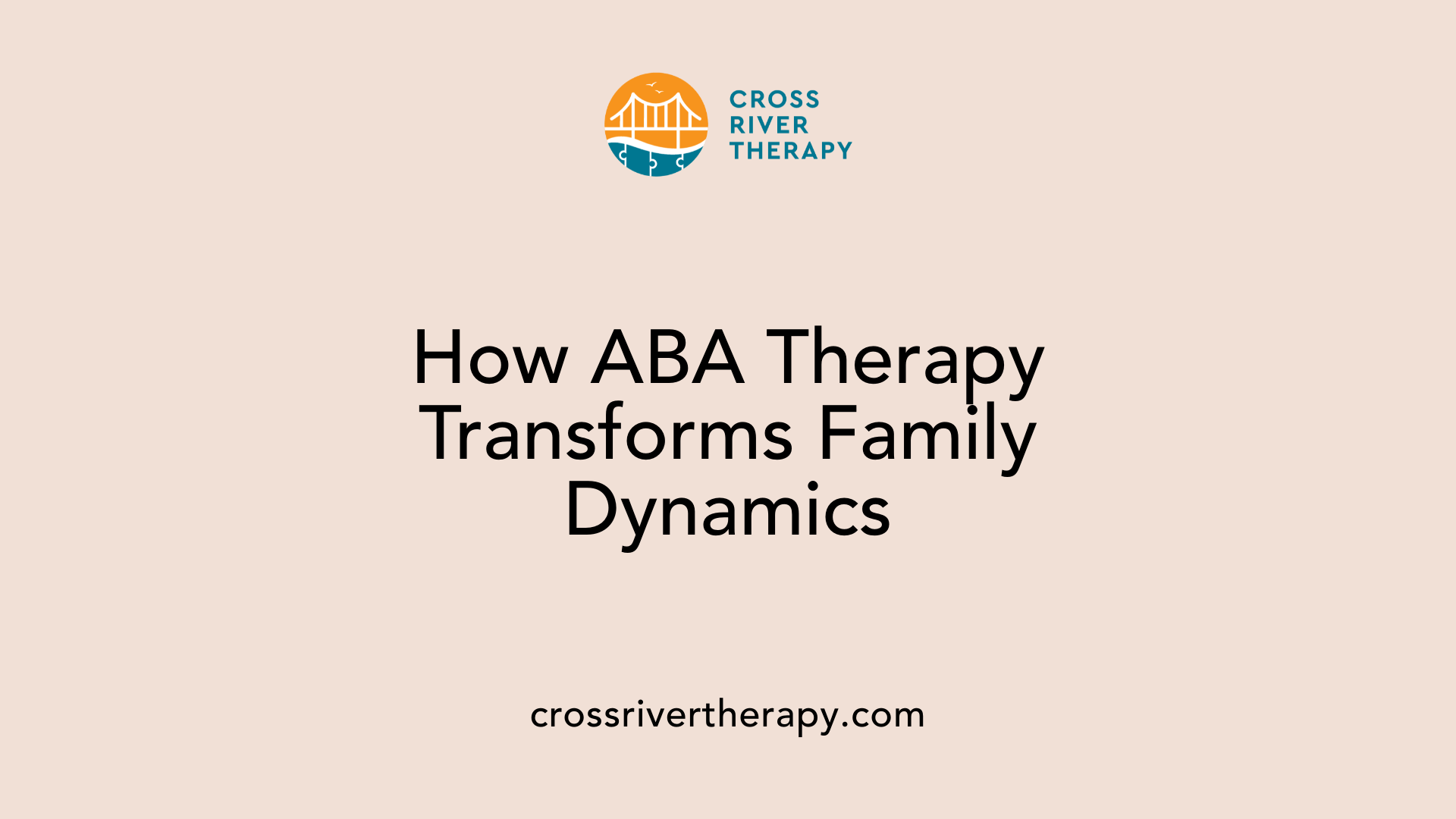
Can ABA therapy improve family dynamics, and how so?
ABA therapy plays a transformative role in improving family dynamics, primarily by fostering better communication and understanding among family members. The involvement of parents and siblings in the therapeutic process is crucial, allowing them to actively participate in the progress of their loved one with autism. This collaborative effort not only strengthens family bonds but also enhances the overall support system available for the individual receiving therapy.
Personalized treatment plans are designed with family input, ensuring strategies are tailored to fit each child's unique needs while respecting family dynamics. This approach enhances cooperation, as everyone is aligned in their efforts to support the child’s development.
Celebrating milestones achieved through therapy also creates positive interactions among family members, reinforcing motivation and a sense of shared achievement. Additionally, the tools and techniques learned through ABA therapy empower parents to manage behavioral challenges more effectively. By applying these skills in daily life, families experience a more harmonious home environment, where everyone contributes to the child's growth and well-being.
Empowering Families Through ABA
Encouragement of parental empowerment
ABA therapy places a significant emphasis on empowering families, equipping them with essential skills to support their children effectively. This empowerment is facilitated through structured parent training programs that enhance caregivers' understanding of behavioral principles and strategies.
By learning about concepts such as positive reinforcement and behavior management techniques, parents become proactive participants in their child’s development. This active involvement not only promotes better outcomes for children but also fosters a sense of confidence among parents.
Skills and confidence building among caregivers
Through hands-on training, families gain practical tools to help their children generalize skills learned in therapy to real-life situations. For instance, using task analysis, parents can break down complex tasks into manageable steps, facilitating independence in their children.
Moreover, research indicates that when parents actively engage in delivering ABA interventions, they can significantly improve their child's communication, social skills, and daily living activities. The structured support offered to families through programs like BeYou’s Parent and Caregiver Training further boosts their confidence and ability to manage challenging behaviors, leading to a nurturing environment conducive to growth.
ABA: Empowering Families and Enhancing Lives
ABA therapy is not just a tool for child development, but a holistic approach that engages and empowers families, offering strategies and resources to improve both individual and family dynamics. Through active participation, ongoing training, and access to community resources, families can create nurturing environments that support their children's growth and independence. As families integrate ABA strategies into daily routines, they not only facilitate their child's development but build resilience and understanding within their homes, fostering a supportive network dedicated to long-term success.
References